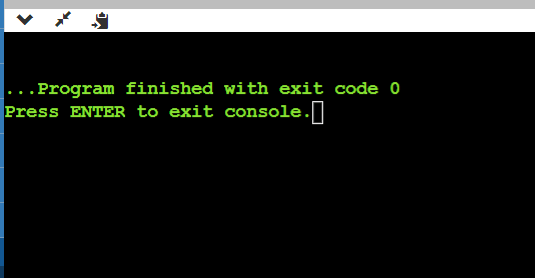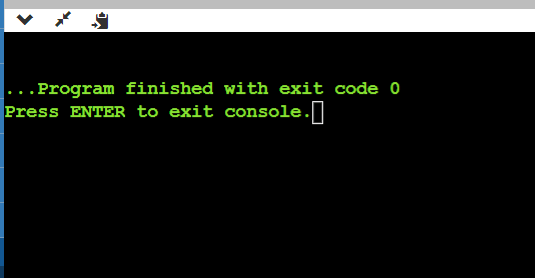fesetround() and fegetround() in C++ and their applicationPrecision is critical in the fields of scientific computing and numerical analysis. Remarkable effects can arise from minor differences in numerical results, so it becomes imperative to keep control over how floating-point operations round. The two fundamental functions fesetround() and fegetround() in C++ let programmers control the floating-point arithmetic rounding mode. In this article, we will examine these functions, their uses, and the significance of precise control in C++ programming in this post. How to use fesetround()?
Syntax:It has the following syntax: In this case, the intended rounding mode is represented by the integer round_mode. The <cfenv> header defines the round_mode constants, which are the potential values:
Program:Let us take a program to illustrate how we can set the rounding mode to FE_DOWNWARD in C++: Output: 
Explanation: The above program is explained as follows,
How to use fegetround():
Syntax:It has the following Syntax: The function returns an integer that represents the current rounding mode and accepts no parameters (void). One of the constants defined in the <cfenv> header, such as FE_DOWNWARD, FE_TONEAREST, FE_TOWARDZERO, or FE_UPWARD, corresponds to this return value. Example:Let us take an example to demonstrate the usage of fegetround() in C++: Output: 
Explanation: The above program is explained as follows,
Applications:Numerical Stability in Algorithms: In the realm of numerical stability, precise control over rounding modes plays a crucial role. Adjusting the rounding method to minimize cumulative errors can significantly enhance the stability of iterative algorithms when tackling nonlinear optimization problems or solving systems of linear equations. Financial and Scientific computations: Accuracy in computations is frequently required in financial applications. Rounding mistakes can add up while working with monetary amounts and provide inaccurate outcomes. Programmers can make sure that financial computations are carried out with the required precision by properly configuring the rounding mode. Cross-Platform Compatibility: The default rounding modes of various platforms and compilers may vary. Programmers can maintain consistency across different settings and guarantee predictable results regardless of the underlying system by explicitly selecting the rounding mode using fesetround(). Customization for Particular needs: The rounding behavior of some mathematical computations may need to meet particular needs. For example, user could favor rounding toward zero in statistical applications to minimize bias. Programmers can modify the rounding mode to make their code behave in a way that satisfies these needs. Testing and Debugging: Rounding problems can be difficult to debug in intricate numerical applications. Through the use of fesetround() to dynamically modify the rounding mode and then query it, programmers can identify and isolate code segments that may have precision problems, which can aid in debugging. Conclusion:In conclusion, precision is critical in the fields of scientific and financial computers. The C++ fesetround() and fegetround() methods give programmers the ability to regulate how floating-point arithmetic rounds, ensuring that calculations are completed with the appropriate degree of accuracy. Developers can improve the accuracy and dependability of their numerical algorithms and strengthen the code's resilience across various platforms and applications by comprehending and utilizing these functions. |
 For Videos Join Our Youtube Channel: Join Now
For Videos Join Our Youtube Channel: Join Now
Feedback
- Send your Feedback to [email protected]
Help Others, Please Share










